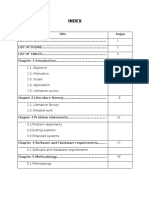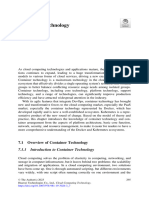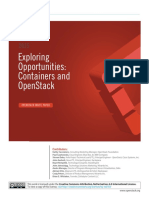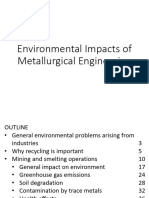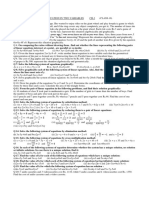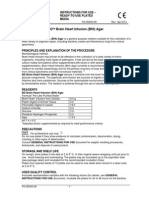0% found this document useful (0 votes)
53 views47 pagesL4 - Understanding Containerization
Uploaded by
a.thuphanhoCopyright
© © All Rights Reserved
We take content rights seriously. If you suspect this is your content, claim it here.
Available Formats
Download as PPT, PDF, TXT or read online on Scribd
0% found this document useful (0 votes)
53 views47 pagesL4 - Understanding Containerization
Uploaded by
a.thuphanhoCopyright
© © All Rights Reserved
We take content rights seriously. If you suspect this is your content, claim it here.
Available Formats
Download as PPT, PDF, TXT or read online on Scribd
/ 47







